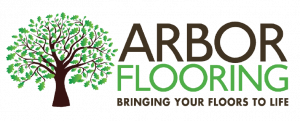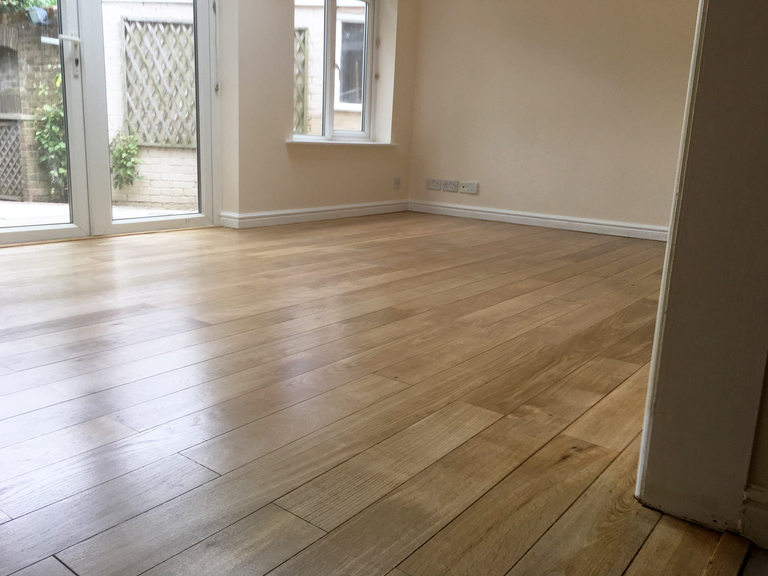WE USE THE LATEST DUST FREE FLOOR SANDING MACHINES
Floor sanding involves removing the top surfaces of a wooden floor by sanding with abrasive materials, usually sand-paper. At Arbor Flooring, we have the latest dust-free floor sanders capable of restoring your existing wood floors back to their pristine best.
Generally, most new floors are now supplied pre-finished, but the more traditional types of installation of solid plank flooring, parquet flooring and existing floorboards, still require sanding post installation.





